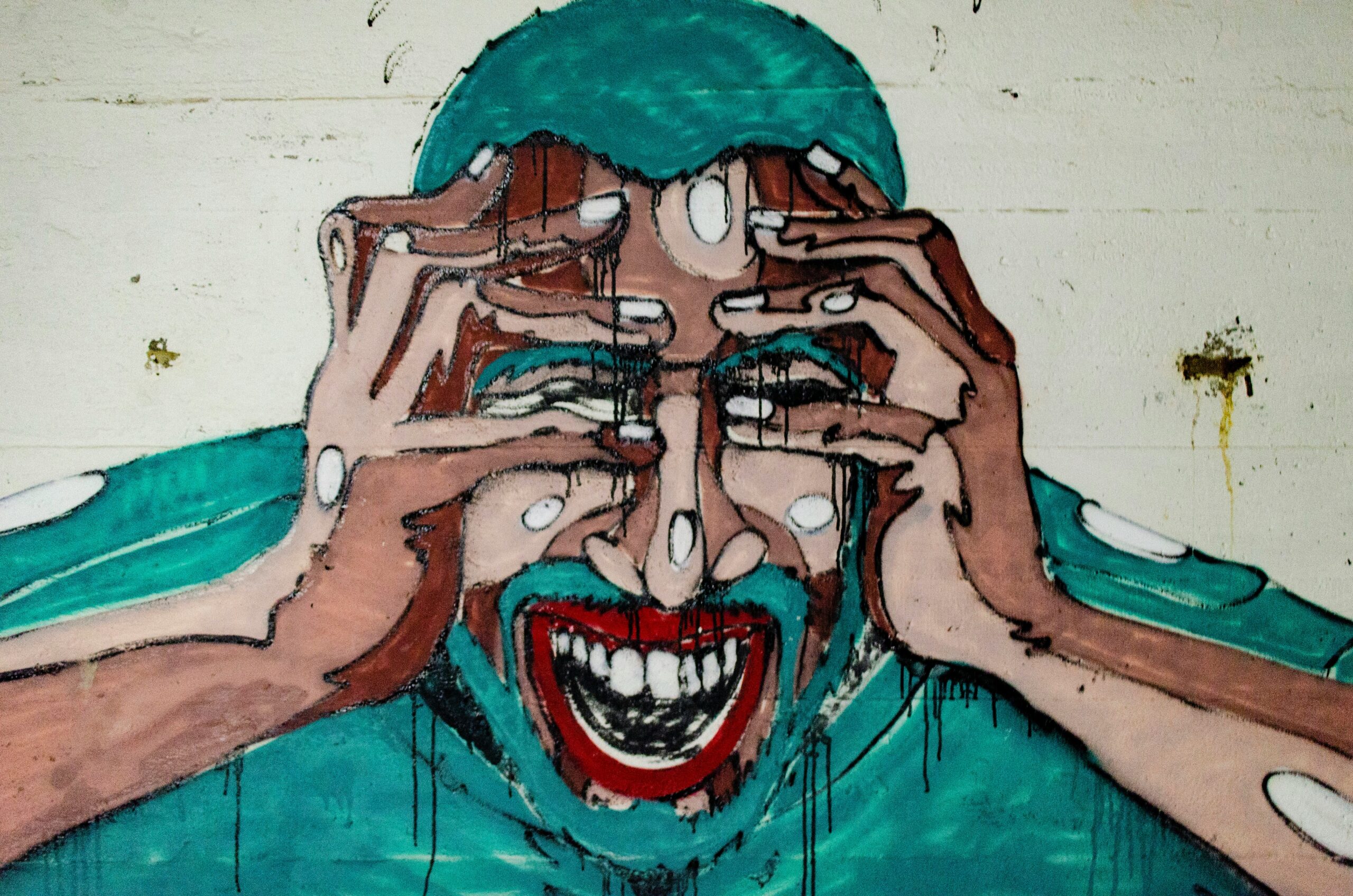Introduction
The domestic cat (Felis catus) is one of the most beloved and enigmatic animals in human history. For thousands of years, cats have captivated people with their grace, agility, and independent nature. Unlike dogs, which were actively bred for specific tasks, cats domesticated themselves by forming mutually beneficial relationships with humans. This post delves into the fascinating history of the domestic cat, from its wild ancestors to its modern role as a cherished companion.
The Wild Ancestors of the Domestic Cat
The domestic cat descends from the African wildcat (Felis lybica), a small, solitary feline that still roams the deserts and grasslands of Africa and parts of Asia today. Genetic studies suggest that domestication began around 9,000 years ago in the Near East. Unlike other domesticated animals, cats were not actively tamed by humans; instead, they likely chose to live near human settlements where food was abundant.
Early Domestication: Ancient Egypt
One of the earliest civilizations to embrace cats was Ancient Egypt. By around 4,000 BCE, cats had become an integral part of Egyptian society, serving as pest controllers and revered spiritual symbols. Egyptian artwork and mythology are filled with depictions of cats, and the goddess Bastet—often represented as a lioness or a domestic cat—was a symbol of protection, fertility, and grace.
Egyptians held cats in such high esteem that killing a cat, even accidentally, was punishable by death. Cats were also mummified and buried with their owners, signifying their sacred status. This reverence helped spread domestic cats throughout the Mediterranean world as Egyptian traders and sailors took them aboard their ships to control rodent populations.
The Spread of Domestic Cats in Ancient Civilizations
From Egypt, domestic cats traveled across the Mediterranean, reaching Greece and Rome. The Romans, who valued them for their hunting prowess and companionship, helped introduce cats to Europe. During the Middle Ages, cats were often associated with superstitions, sometimes being linked to witchcraft, which led to their persecution in some regions.
In contrast, in Asia, particularly in China and Japan, cats were revered and cherished. Buddhist monks kept cats in temples to protect sacred manuscripts from rodents, and they became symbols of good fortune. The famous “maneki-neko” (beckoning cat) figurine, still popular in Japan today, originates from this period.
The Role of Cats in Medieval and Renaissance Europe
During the Middle Ages, European attitudes toward cats were mixed. While some cultures appreciated their hunting abilities, others feared them as supernatural creatures. This fear intensified during the witch hunts, leading to mass killings of cats. Ironically, the decline in cat populations may have contributed to the spread of the Black Death, as rats—carriers of the plague—flourished in the absence of their natural predators.
However, by the Renaissance, attitudes toward cats began to improve. Many artists and intellectuals kept cats as pets, and their presence in households became more accepted. By the 18th and 19th centuries, domestic cats were a common sight in homes across Europe and North America.
The Rise of Cat Breeds and the Modern Cat
Unlike dogs, which have been selectively bred for specific traits for thousands of years, cat breeding only became popular in the 19th century. The first official cat show was held in 1871 at the Crystal Palace in London, marking the beginning of organized cat breeding. Today, there are over 70 recognized cat breeds, ranging from the hairless Sphynx to the long-haired Persian.
The 20th and 21st centuries have seen an explosion in cat popularity. With urbanization and the rise of apartment living, cats became ideal pets due to their independent nature and relatively low maintenance. The internet has further solidified their status, with famous feline figures like Grumpy Cat and Maru captivating audiences worldwide.
The Cultural and Symbolic Significance of Cats
Throughout history, cats have held various symbolic meanings. In different cultures, they have been seen as guardians, omens, or spiritual guides. In Japan, they are symbols of luck; in Norse mythology, they were associated with the goddess Freyja; and in modern Western culture, they are often depicted as both mysterious and affectionate companions.
Conclusion
The history of the domestic cat is a testament to the unique relationship between humans and animals. Unlike other domesticated creatures, cats have retained much of their independence while forming deep connections with people. Whether revered as deities, feared as omens, or adored as pets, cats have left an indelible mark on human civilization. Today, they continue to bring joy, companionship, and a touch of mystery into our lives.




























